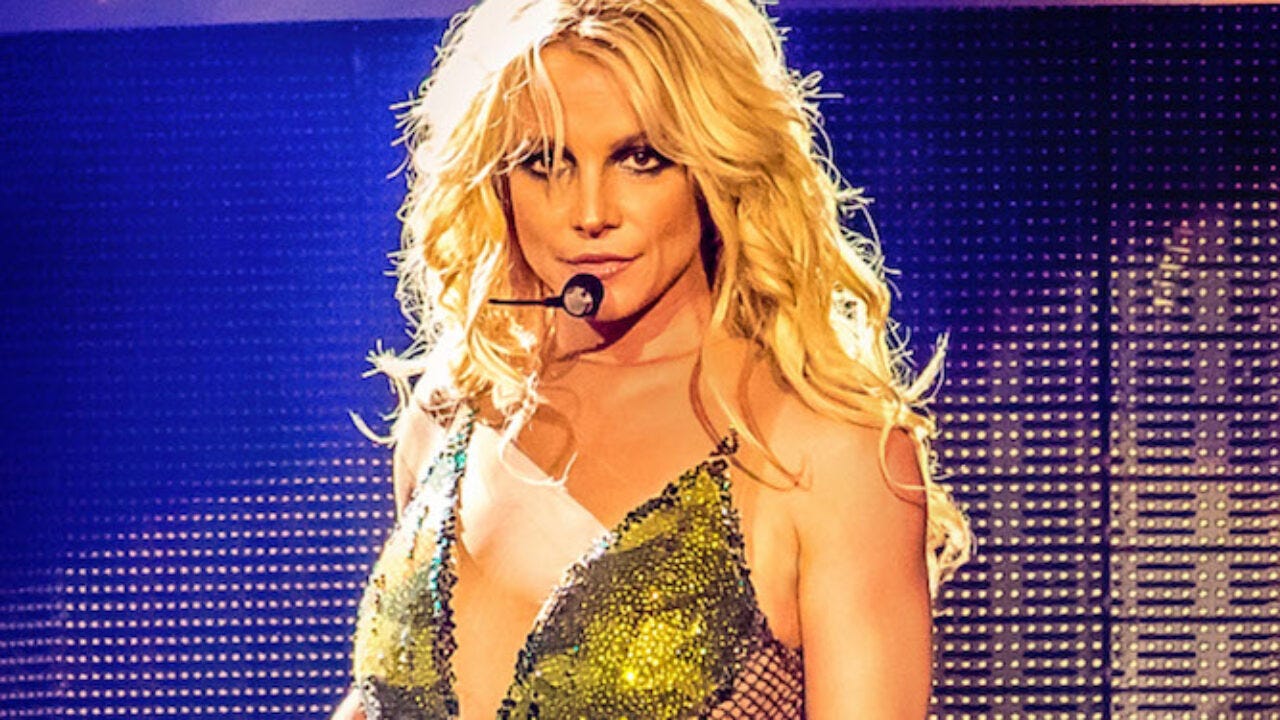
Quentin Tarantino isn’t just a director; he’s a cinematic force of nature, a walking, talking, film-referencing encyclopedia who managed to carve out an entirely new niche in modern cinema. From the moment *Reservoir Dogs* burst onto the scene in 1992, it was clear we weren’t just watching movies; we were entering a distinct, vibrant, and often unsettling world crafted by a singular vision. His films are less about simple storytelling and and more about an immersive experience, steeped in dialogue that crackles with life, violence that’s both shocking and stylized, and narratives that dance with time itself.
This isn’t just about watching a film; it’s about dissecting a cultural event. Tarantino’s indelible mark on pop culture isn’t merely through his output, but through the very fabric of his creative process—a tapestry woven from relentless film immersion, an almost obsessive dedication to genre, and a refusal to play by conventional rules. We’re talking about a filmmaker who bypassed traditional film school, instead choosing to earn his education in the aisles of a video store, absorbing decades of cinematic history directly into his bloodstream.
As we embark on this deep dive, we’ll peel back the layers of a career defined by bold choices and unapologetic style. We’ll explore the foundational elements that cemented his status as an auteur, understanding how each piece contributes to the intricate mosaic of his filmmaking. From the verbose exchanges that define his characters to the audacious structural experiments, let’s unpack the signature moves that make a Tarantino film unequivocally, undeniably *his*.
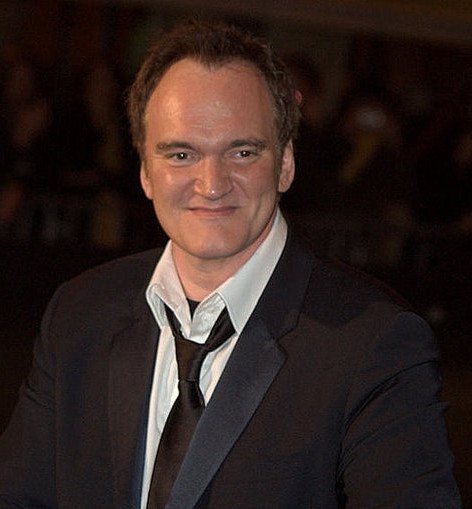
1. The Maverick’s Ascent: From Video Store Clerk to Visionary Auteur
Quentin Jerome Tarantino, born in Knoxville, Tennessee, in 1963, certainly didn’t follow the conventional path to Hollywood. His origin story, much like his films, feels almost mythic: a self-taught savant who soaked up cinema from behind the counter of a video store. It’s a narrative that perfectly encapsulates the autodidactic spirit that fuels his work, a genuine testament to the idea that passion and relentless immersion can be more powerful than any formal education.
Indeed, Tarantino himself famously articulated his philosophy: “When people ask me if I went to film school, I tell them, ‘No, I went to films.’” This isn’t just a quip; it’s the ethos of his entire artistic development. For five years, he worked at Video Archives in Manhattan Beach, California, where he became renowned in the local community for his encyclopedic film knowledge and spot-on recommendations.
This period wasn’t merely a job; it was his personal film academy, a crucible where his eclectic tastes and deep understanding of film history were forged. His early life was marked by moves between Knoxville and Los Angeles, a childhood steeped in movies, with his mother allowing him to see mature films like *Carnal Knowledge* (1971) and *Deliverance* (1972) at a young age.
This early exposure, combined with his later video store immersion, cultivated an unparalleled cinematic literacy. He wrote one of his earliest screenplays, *Captain Peachfuzz and the Anchovy Bandit*, at 14, showcasing a nascent storytelling ambition that would eventually revolutionize genre filmmaking. From these humble, film-saturated beginnings, the stage was set for a director who would speak the language of cinema with an unmatched fluency.
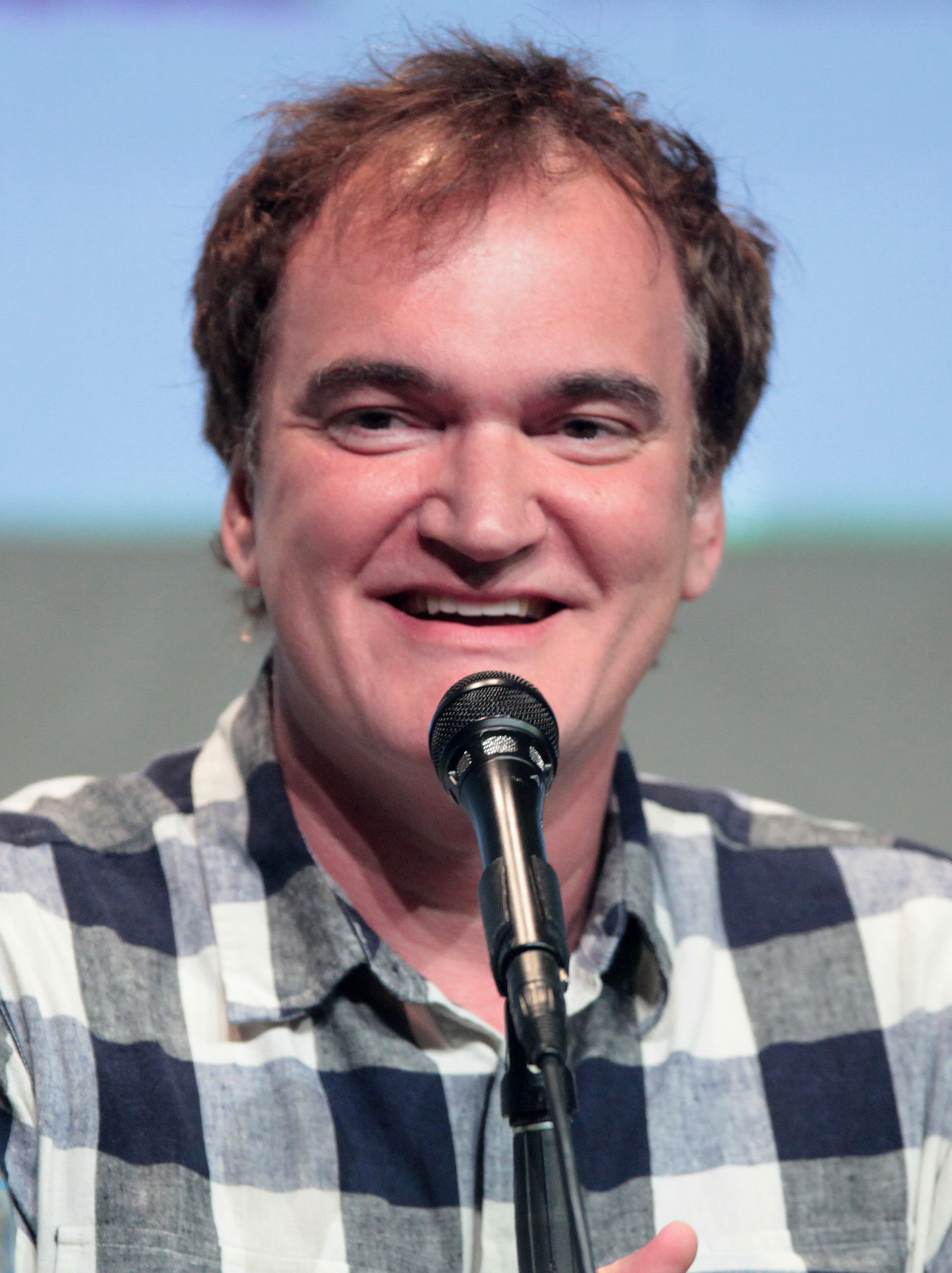
2. Dialogue as Weapon and Artform: The Unmistakable Tarantino Banter
If there’s one element that instantly screams “Tarantino,” it’s the dialogue. His films are characterized by “extended dialogue often featuring much profanity,” transforming mundane conversations into riveting, often tense, showcases of character and worldview. It’s not just about what characters say, but *how* they say it, turning exposition and casual chats into memorable, quotable exchanges that dissect everything from European fast food to the deeper meaning of pop songs.
Consider the legendary opening scene of *Reservoir Dogs*, where Mr. Brown (played by Tarantino himself) offers a rather academic interpretation of Madonna’s “Like a Virgin.” Or the iconic car ride in *Pulp Fiction*, where Jules and Vincent debate the nuances of a “Quarter Pounder with Cheese” being called a “Royale with Cheese” in France due to the metric system. These aren’t just filler; they are foundational moments that establish character, build tension, and inject a distinct, often darkly humorous, reality into his cinematic worlds.
This conversational style, replete with “popular culture references,” serves multiple purposes. It grounds his larger-than-life characters in a recognizable reality, even as they prepare for violent heists or embark on revenge quests. It humanizes them, making their eventual actions, however extreme, resonate with an audience that has just shared a laugh or a moment of intellectual curiosity with them.
Tarantino’s dialogue doesn’t merely advance the plot; it *is* the plot, a rich tapestry of verbal sparring and philosophical musing that keeps audiences captivated and often, delightfully off-balance. The rhythm, the cadence, the unexpected turns – it’s a true signature, making every word count in his intricate cinematic ballet.
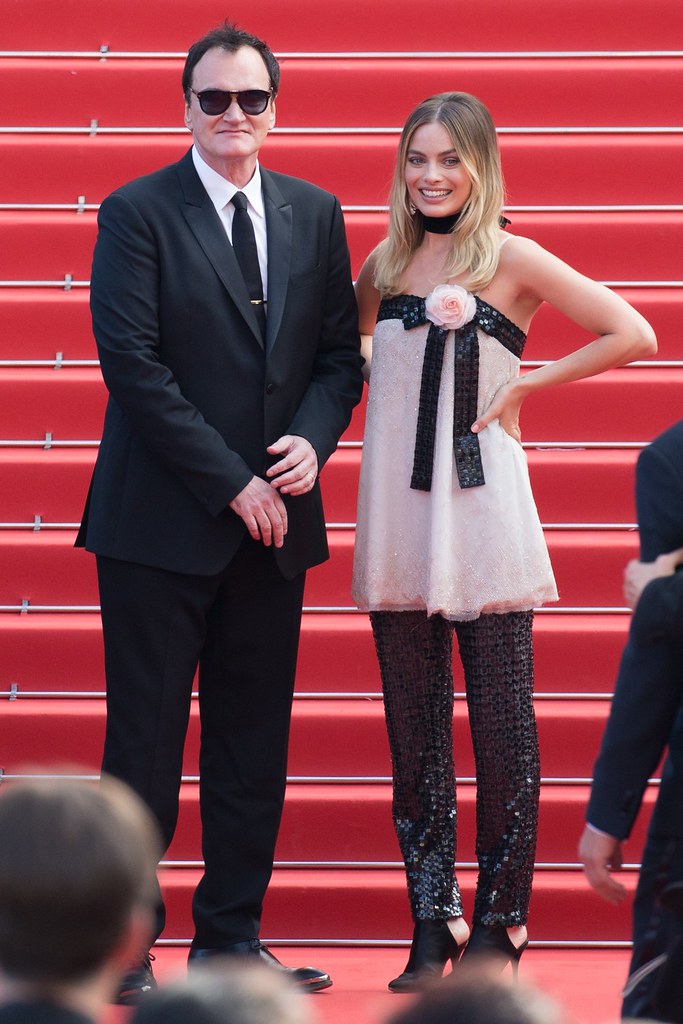
3. The Art of Non-Linear Narrative: Rewriting the Rules of Storytelling
Quentin Tarantino didn’t invent non-linear storytelling, but he certainly perfected its pop culture appeal, turning it into a signature device so impactful that critics began referring to its widespread adoption as the “Tarantino Effect.” His audacious rearrangement of chronology isn’t a mere gimmick; it’s a deliberate narrative choice that manipulates tension, deepens character, and often reveals profound insights into the interconnectedness of events.
The most celebrated example, of course, is *Pulp Fiction*, a film that famously shuffles its timelines, beginning near the end, jumping back to the middle, and then concluding with the scene that opened the entire chaotic masterpiece. This stylistic flourish didn’t just surprise audiences; it redefined how a mainstream crime film could be structured, allowing for multiple perspectives and a heightened sense of anticipation as disparate storylines ultimately converged.
But *Pulp Fiction* wasn’t an anomaly. *Reservoir Dogs* likewise played with time, revealing the aftermath of a heist before detailing its planning and the dynamics of its participants. The epic *Kill Bill* saga, originally conceived as “a single film,” was intentionally split into two volumes, creating a delayed gratification that amplified its revenge narrative. Even *The Hateful Eight*, a revisionist Western thriller, employs a non-linear approach, building suspense and complicating loyalties within its confined setting.
This willingness to fracture and reassemble narrative allows Tarantino to explore themes with greater depth, ensuring that even when the audience knows *what* happens, the *how* and *why* remain compellingly fresh. It’s a testament to his confidence in challenging conventional narrative arcs, pushing viewers to engage more actively with the unfolding story.
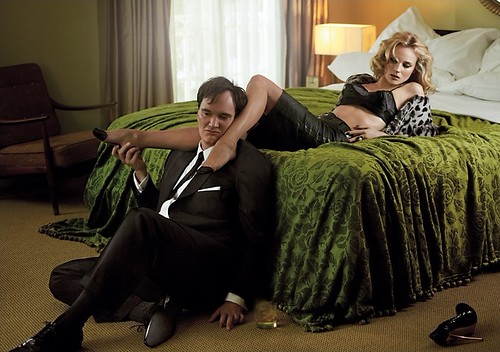
4. A Symphony of Blood and Stylization: Tarantino’s Graphic Violence
Quentin Tarantino’s films are undeniably characterized by “graphic violence,” a trait that has generated both fervent admiration and considerable criticism throughout his career. It’s a defining feature, not merely for its presence, but for its highly stylized nature, often pushing boundaries to the point where, as in the case of *Reservoir Dogs*, it was “initially denied United Kingdom certification because of his use of torture as entertainment.” Yet, Tarantino has consistently defended this aspect of his work, maintaining a provocative stance on its artistic intent.
His defense is refreshingly direct and unapologetic: “violence is so good. It affects audiences in a big way.” When pressed further regarding *Kill Bill: Volume 1*, his response was even more blunt: “Because it it’s so much fun!” This isn’t the endorsement of gratuitous cruelty, but rather a view of violence as a potent cinematic tool, capable of eliciting strong emotional and visceral reactions, and when handled with his unique flair, becoming a form of dark entertainment.
The “number of expletives and deaths in Tarantino’s films were measured by analytics website FiveThirtyEight,” highlighting the sheer volume but also the varying proportions. For instance, “*Reservoir Dogs* features ‘just’ 10 on-screen deaths, but 421 profanities. *Django Unchained*, on the other hand, has ‘just’ 262 profanities but 47 deaths.” This quantitative data underscores the intentionality behind his specific narrative choices, demonstrating that violence and language are carefully deployed rather than indiscriminately scattered.
What truly elevates Tarantino’s violence beyond mere shock value is its aesthetic integration. He “blends aesthetic elements, in tribute to his favorite films and filmmakers,” often melding “comic strip formulas and visuals within a live action film sequence, in some cases by the literal use of cartoon or anime images” in films like *Kill Bill*. This approach transforms violent acts into meticulously choreographed ballets of destruction, or even comic book panels brought to life, ensuring that even as the blood flows, the audience is engaged by the sheer artistry of the presentation. It becomes part of the film’s larger stylistic language, a vibrant and often shocking brushstroke in his unmistakable palette.
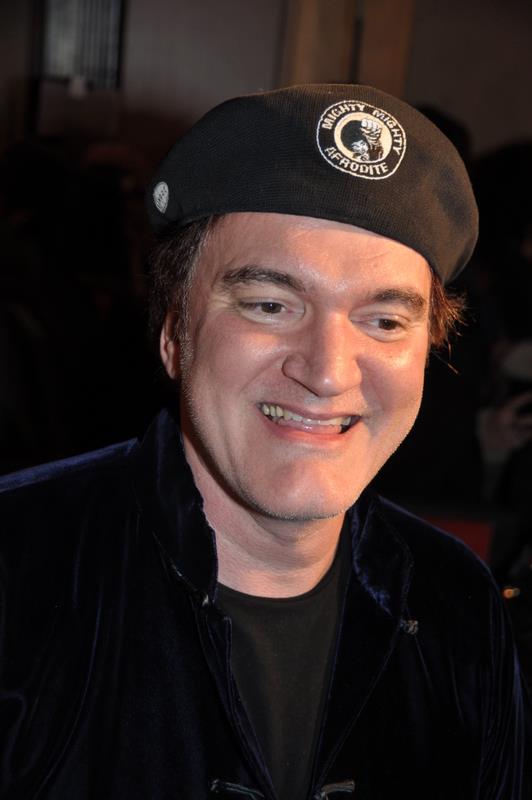
5. The Mixtape Master: Curating Iconic Soundtracks
Beyond the razor-sharp dialogue and kinetic action, another signature element that elevates Quentin Tarantino’s films is his unparalleled ability to curate truly iconic soundtracks. His choice of music isn’t merely background noise; it’s an integral component of the narrative, a character in itself that sets the tone, defines a moment, and imprints itself on the collective consciousness of filmgoers. He’s renowned for “soundtracks that often use songs from the 1960s and 70s,” tapping into a rich vein of forgotten gems and giving them a new, indelible context.
Tarantino’s approach to music is less about scoring a scene and more about finding the perfect pre-existing track that already embodies the exact emotional resonance or cool factor he’s aiming for. He once again demonstrates his deep “film knowledge” by pulling obscure tracks from various genres—funk, soul, surf rock, classic rock—and juxtaposing them against unexpected imagery, creating a powerful, often ironic, effect. Think of the memorable dance scene in *Pulp Fiction* set to Chuck Berry’s “You Never Can Tell,” or the use of “Little Green Bag” by George Baker Selection to introduce the colorful criminals in *Reservoir Dogs*.
This masterful musical curation has not gone unnoticed. In 2011, “he was recognized at the 16th Critics’ Choice Awards with the inaugural Music+Film Award,” a testament to the profound impact his musical selections have had on cinema and popular culture. This award cemented his reputation not just as a director, but as a discerning musical archaeologist, unearthing sonic treasures for a new generation.
His soundtracks are often bestsellers in their own right, inspiring countless “mixtapes” and playlists, and reintroducing generations to artists they might otherwise have never discovered. For Tarantino, music isn’t just an accompaniment; it’s a vital storytelling device, shaping the mood and momentum of his films as powerfully as any camera movement or line of dialogue.

6. Fictional Brands, Real Impact: Building a Cinematic Universe
Quentin Tarantino isn’t content with merely telling stories; he’s constructing an entire, interconnected cinematic universe, populated not only by recurring characters or thematic links but also by his own unique, fictional brands. This deliberate choice to create “his own products and brands that he uses in his films to varying degrees” serves as a brilliant alternative to “product placement,” fostering a sense of immersive authenticity within his distinct worlds while subtly winking at the audience.
These aren’t just throwaway details; they are recurring motifs that knit his diverse filmography together. We’re talking about instantly recognizable names like “Acuña Boys Tex-Mex Food,” “Big Kahuna Burger,” “G.O. Juice,” “Jack Rabbit Slim’s,” “K-Billy,” “Red Apple cigarettes,” “Tenku Brand Beer” and “Teriyaki Donut.” These brands appear across multiple films, creating a shared reality that enriches the viewing experience for devoted fans who delight in spotting these subtle, yet significant, Easter eggs.
Tarantino has even articulated a theory about his shared universes, stating that his films take place in one of two cinematic realms. One is “the more realistically grounded world of films like *Reservoir Dogs* and *Pulp Fiction*,” while the other is “a meta-fictional narrative which Tarantino says represents the kind of films the characters in his main cinematic universe would watch, which separates films such as *From Dusk till Dawn* and *Kill Bill* from Tarantino’s primary narrative.” This sophisticated framework allows for a playful yet profound interconnectedness within his body of work.
This comprehensive vision demonstrates an unparalleled attention to detail, where every element, even a fictional fast-food joint or a brand of cigarettes, contributes to the rich, layered world he invites us to explore. It’s a testament to his world-building prowess, ensuring that his cinematic landscape feels both familiar and endlessly fascinating.
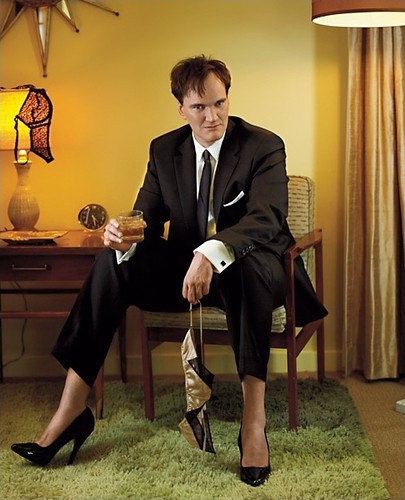
7. A Deep Well of Homage: Tarantino’s Unapologetic Love Letter to Cinema
Quentin Tarantino’s filmography isn’t just a collection of original narratives; it’s an immersive conversation with film history. His directorial style is profoundly shaped by an encyclopedic knowledge and boundless affection for cinema, leading to audacious homages and stylistic borrowings. He reinterprets these influences, inviting audiences into a vibrant dialogue with the diverse genres that ignited his imagination.
His influences span a breathtaking array of global cinema. Spaghetti Westerns, particularly Sergio Leone’s works like *Once Upon a Time in the West*, inspired *Django Unchained* and *The Hateful Eight*. He also draws from the kinetic energy of Hong Kong martial arts films (*Five Fingers of Death*, *Enter the Dragon*) and the bullet ballets of John Woo’s action films (*A Better Tomorrow II*, *The Killer*).
Tarantino’s artistic DNA clearly bears the imprints of genre masters. John Carpenter’s stark thrillers (*Assault on Precinct 13*, *The Thing*) informed his suspense. He’s a fervent admirer of blaxploitation films (*The Mack*, *Foxy Brown*), paying tribute in *Jackie Brown*. European arthouse cinema, with Jean-Luc Godard’s *Bande à Part* and the 1960 *Breathless*, inspired his distinctive dialogue. Even obscure gems like Jim McBride’s 1983 *Breathless* remake captivated him.
This intricate web of influences speaks to Tarantino’s self-taught mastery, transforming his video store education into a vibrant cinematic language. He celebrates his inspirations, offering films like Brian De Palma’s *Blow Out* (influencing John Travolta’s casting in *Pulp Fiction*) and Howard Hawks’ *Rio Bravo*. His appreciation extends to Filipino directors from the 1970s, citing Cirio H. Santiago, Eddie Romero, and Gerardo de León as personal icons, praising De Leon’s “soul-shattering” movies. This is a passionate cinephile sharing thrilling discoveries of his lifelong love affair with film.
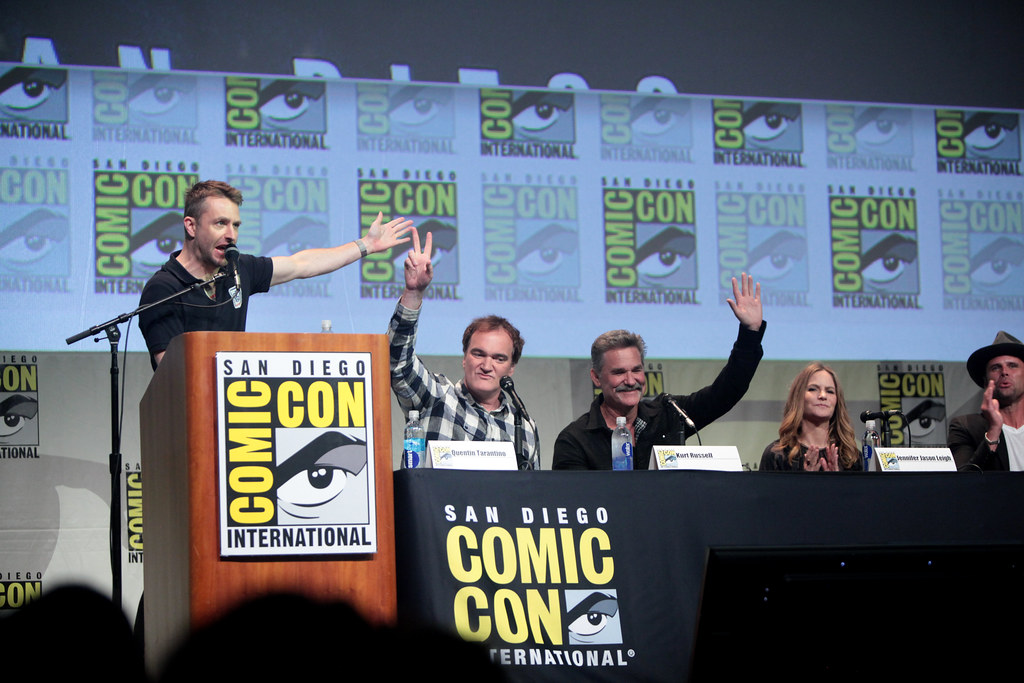
8. The Fellowship of Film: Tarantino’s Trusted Ensemble and Creative Architects
A hallmark of any auteur director is cultivating a trusted “repertory company” of actors. Quentin Tarantino has assembled a formidable roster who populate his vivid worlds. This collaboration is symbiotic: actors find iconic roles, and Tarantino finds perfect vessels for his complex characters.
At the pinnacle stands Samuel L. Jackson, whose presence graced six Tarantino films. From Jules Winnfield (*Pulp Fiction*) to Major Marquis Warren (*The Hateful Eight*), Jackson delivered memorable performances. Uma Thurman, Tarantino’s “muse,” is another essential figure, with career-defining turns in three films, notably as The Bride in *Kill Bill*.
Beyond these titans, the roster runs deep. Zoë Bell, initially a stunt performer, evolved into an actor, appearing in seven Tarantino films. Michael Madsen, James Parks, and Tim Roth each left their mark across multiple features, with Roth also appearing in the *Four Rooms* segment Tarantino directed.
The collaborative spirit extends to Michael Bacall, Michael Bowen, Bruce Dern, Harvey Keitel, Michael Parks, Kurt Russell, and Craig Stark (three films each). Leonardo DiCaprio and Brad Pitt, in two films, found unique challenges. Christoph Waltz, a relative unknown, earned two Best Supporting Actor Oscars under Tarantino’s guidance (*Inglourious Basterds*, *Django Unchained*), showcasing his eye for unlocking dormant potential.
Crucially, editor Sally Menke, before her death in 2010, was Tarantino’s “number one collaborator.” This long-standing loyalty, in front of and behind the camera, fostered creative trust, allowing Tarantino to push boundaries.
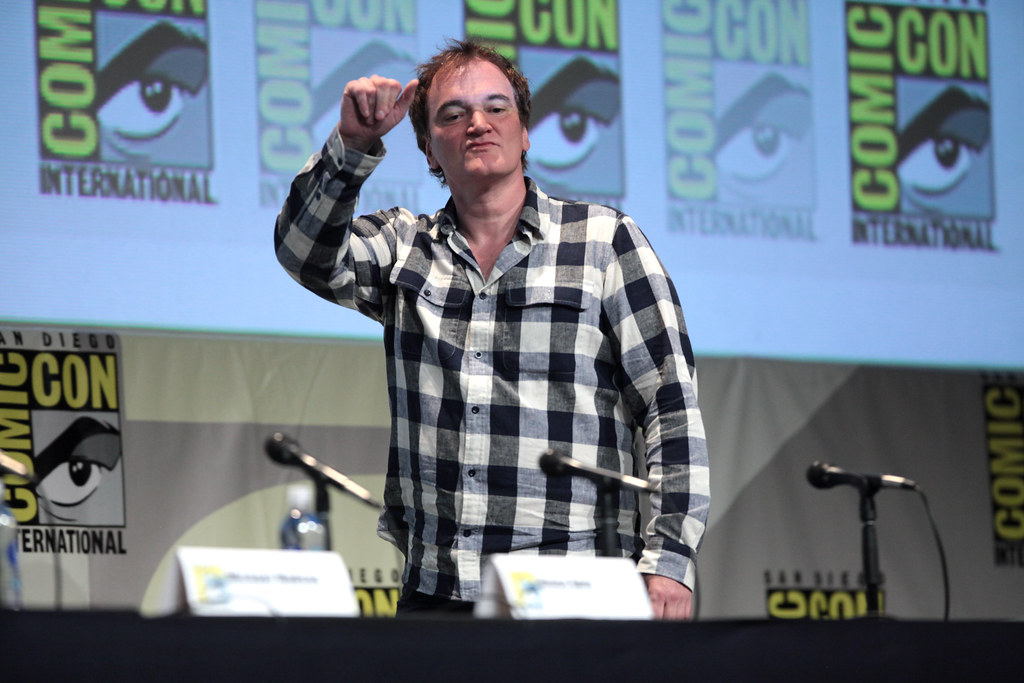
9. Beyond the Director’s Chair: Tarantino as Producer, Curator, and Cinema Savior
While celebrated for his directorial prowess, Quentin Tarantino’s influence extends beyond his own filmography into production, distribution, and exhibition. His passion isn’t confined to creating; it’s about preserving and sharing films he loves, championing independent, foreign, and overlooked gems. He leverages his Hollywood stature to spotlight the broader cinematic landscape.
In 1995, Tarantino formed Rolling Thunder Pictures with Miramax to release or re-release independent and foreign features. Though Miramax shut it down by 1997, Rolling Thunder left an indelible mark, introducing American audiences to cult classics and international masterpieces like Wong Kar-wai’s *Chungking Express* and Lucio Fulci’s *The Beyond*.
His producing credits further illustrate this dedication. In 2001, he produced the US release of *Iron Monkey* ($14 million worldwide). In 2004, his presentation of *Hero* opened at number-one ($53.5 million). He lent enthusiasm to Hungarian sports documentary *Freedom’s Fury* in 2006.
Tarantino’s curatorial touch also extended to genre films, presenting Eli Roth’s *Hostel* (2006) and later producing *Hostel: Part II*. He also presented *The Protector* (2006) and produced *Hell Ride* (2008). Perhaps his most personal commitment to film preservation is his ownership of two historic Los Angeles cinemas: the New Beverly Cinema (2010) and the Vista Theatre (2021). He famously declared for the New Beverly, “As long as I’m alive… the New Beverly will be there, showing films shot on 35 mm.” This dedication positions Tarantino as a genuine savior of the theatrical experience.
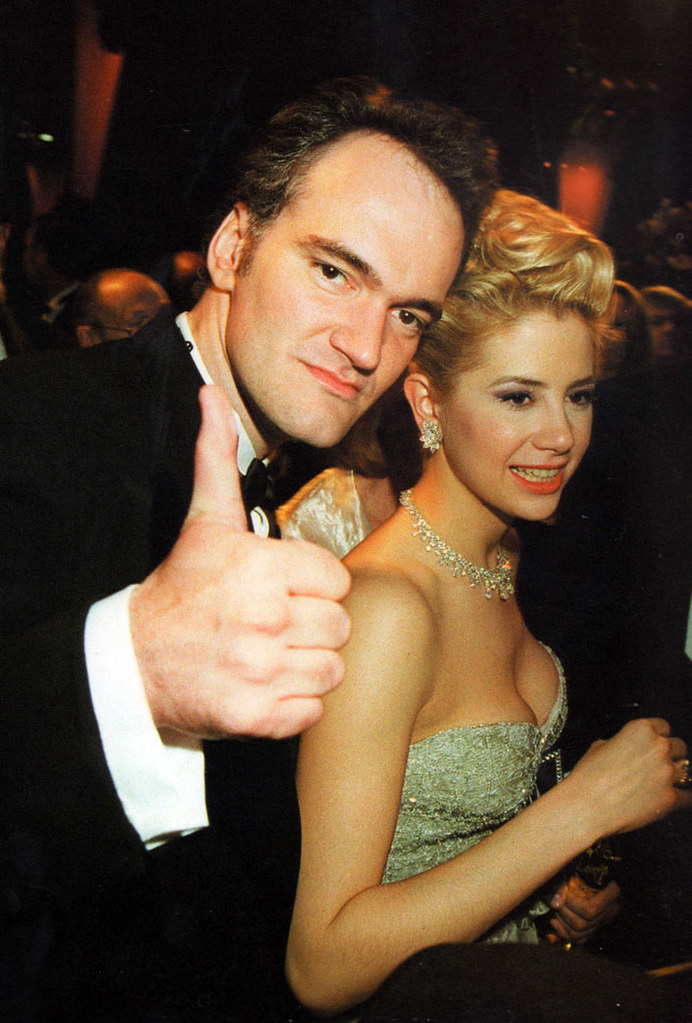
10. The Unvarnished Truth: Deconstructing Tarantino’s Much-Discussed ‘Feet Motif’
Few aspects of Quentin Tarantino’s filmmaking generate as much consistent chatter as his penchant for featuring women’s bare feet prominently. From Uma Thurman’s feet in *Pulp Fiction* to Margot Robbie’s in *Once Upon a Time in Hollywood*, this recurring visual signature is almost as identifiable as his non-linear narratives. It’s a detail sparking endless online debate about directorial quirks.
When confronted about this motif and accusations of “foot fetishism,” Tarantino offers a blunt response: “I don’t take it seriously. There’s a lot of feet in a lot of good directors’ movies. That’s just good direction.” He cites Luis Buñuel, Alfred Hitchcock, and Sofia Coppola as others “accused of it.” In his view, it’s less a personal fixation and more an overlooked element of visual composition and character grounding.
However, in the Vulture-esque spirit of sharp, analytical inquiry, deeper implications are worth considering. Whether unconscious predilection or deliberate choice, the frequent, lingering shots of feet contribute to the visceral reality of his films. They humanize characters, sometimes in vulnerability, sometimes in raw power. It’s a detail both mundane and strikingly intimate, adding raw realism to his stylized worlds.
Ultimately, while Tarantino may playfully deflect the “fetish” label, the sheer volume and deliberate framing of these shots invite further contemplation. It’s a subtle yet powerful signature, a visual shorthand contributing to the unique tactile experience of his cinema. In a body of work so meticulously crafted, such a recurring visual element can’t be entirely accidental. It serves as another fascinating thread in his distinctive directorial voice, prompting us to look closer, question deeper, and perhaps even chuckle at where artistry—or obsession—can manifest.

11. Navigating the Storm: Controversies and Clashes in Tarantino’s Career
Quentin Tarantino’s artistic vision and outspoken personality have, predictably, placed him at the center of numerous controversies. Far from shying away, he often meets criticism head-on, his provocative stances becoming as much a part of his public persona as his filmmaking genius. These uncomfortable moments offer a glimpse into his abrasive edges and unwavering artistic commitment.
One enduring debate revolves around his prolific use of racial slurs, particularly the N-word, in films like *Pulp Fiction* and *Django Unchained*. Director Spike Lee questioned Tarantino’s “infatuation.” Tarantino defended his choices, asserting his right to “tell the truth as I see they are,” arguing that to deny this as a white writer would be “racist.” Samuel L. Jackson even defended him. *Django Unchained* reignited this, with Lee calling it “disrespectful to my ancestors” and a “holocaust.”
Beyond racial language, Tarantino faced scrutiny for comments on sensitive social issues. In a resurfaced 2003 interview, he controversially defended Roman Polanski, calling the ual assault “not rape.” This sparked fresh criticism in 2018, leading to an apology: “Fifteen years later, I realize how wrong I was… I incorrectly played devil’s advocate.” Similarly, he confronted complicity in the Harvey Weinstein scandal, acknowledging Mira Sorvino had informed him of advances and he had “marginalize[d] the incidents,” regretting not pressing Weinstein further.
Tarantino’s career also features personal clashes. Disowning Oliver Stone’s *Natural Born Killers* script led to enmity and a physical altercation with producer Don Murphy. An on-set feud with Denzel Washington during *Crimson Tide* was later resolved. At the 1997 Oscars, angered by an article about his estranged father, Tarantino spat at an MTV News host, gave him the finger, and declared “Fuck you!” These moments solidify his reputation as a fiercely independent artist.

12. The Tenth Chapter and Beyond: Charting Tarantino’s Anticipated Cinematic Farewell
For over a decade, Quentin Tarantino has openly discussed retiring from filmmaking after his tenth film, a self-imposed limitation fueling anticipation. This isn’t fleeting; it’s an artistic philosophy: exit on a high note and preserve his legacy. His ninth film, *Once Upon a Time in Hollywood* (2019), a bittersweet love letter to cinema, makes the countdown to his final chapter palpable.
Tarantino’s motivation isn’t solely about ending gracefully; it’s deeply entwined with his staunch commitment to the traditional theatrical experience. In 2009, he expressed skepticism about the industry’s digital shift: “If it actually gets to the place where you can’t show 35 mm film in theaters anymore… I won’t even make it to 60.” This underscores his reverence for classic cinema, a belief he upholds through his ownership of the New Beverly and Vista theaters.
While his “not etched in stone” declaration provides wiggle room, the intent is clear: “If I get to the 10th, do a good job… that sounds like a good way to end the old career.” The path to this finale has been winding. His planned tenth film, *The Movie Critic* (initially a TV series, then film script), was abandoned. Tarantino admitted, “I was so excited about the writing, but I wasn’t really that excited about dramatizing what I wrote.”
As of early 2025, Tarantino is in “no hurry” for his final film, choosing instead to prioritize writing a stage play. This pivot, while delaying the cinematic swansong, aligns with his enduring passion for storytelling. Whatever form his final creative act takes, it will undoubtedly be a meticulously crafted, deeply personal statement from one of modern cinema’s most idiosyncratic and influential voices.
**The Enduring Legacy of an Unapologetic Auteur**
As we pull back from the vibrant, often tumultuous, world of Quentin Tarantino, what remains is the indelible impression of an artist utterly devoted to his craft, fiercely independent, and perpetually engaged in a passionate dialogue with cinema history. He arrived not just as a filmmaker, but as a cultural event, reshaping storytelling with audacious narratives, unforgettable dialogue, and uncompromising stylistic flourishes. His work is a masterclass in synthesis, blending diverse influences into something wholly original, challenging audiences to look beyond the surface into intricate layers of homage, character, and meaning.
From his early days as a self-taught savant to his current status as a cinema curator and impending legend, Tarantino has consistently defied expectations, embraced controversy, and unapologetically carved out a cinematic universe unlike any other. He has shown us that film is not just entertainment, but a living, breathing art form, capable of profound impact, deep analysis, and endless, joyous rediscovery. Whether through the crackle of a vintage soundtrack, the visceral impact of stylized violence, or the subtle quirk of a recurring visual motif, Tarantino’s films demand engagement, reward close viewing, and ultimately, invite us to become as passionate about cinema as he so clearly is. His promised tenth film, whenever it arrives, will not merely be a conclusion; it will be a culminating statement from an artist who dared to dream bigger, talk louder, and create a legacy that will echo through the reels of time, inviting generations to come to explore the hidden meanings within his magnificent obsessions.



